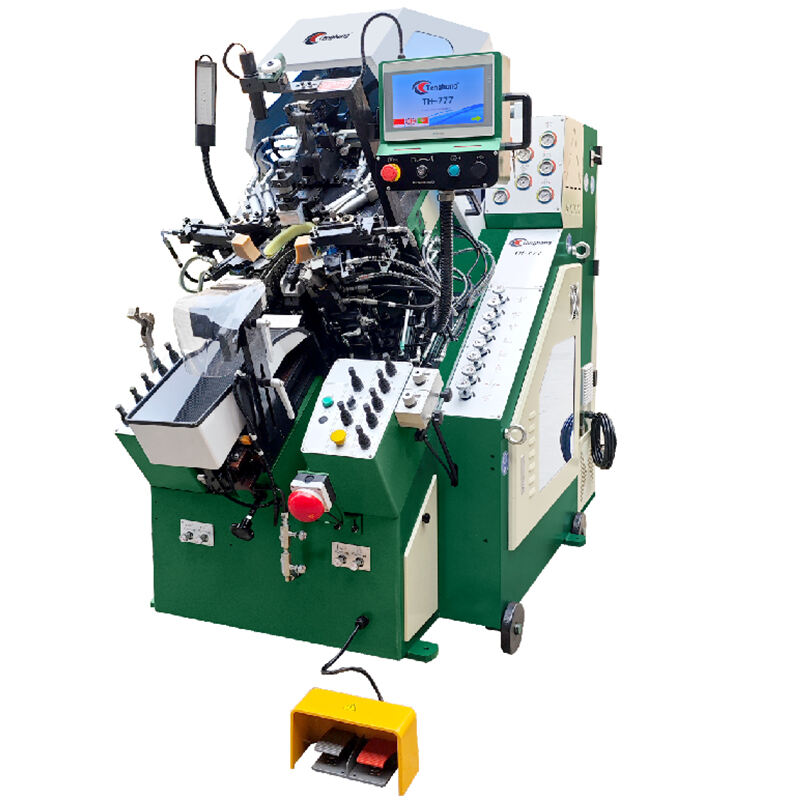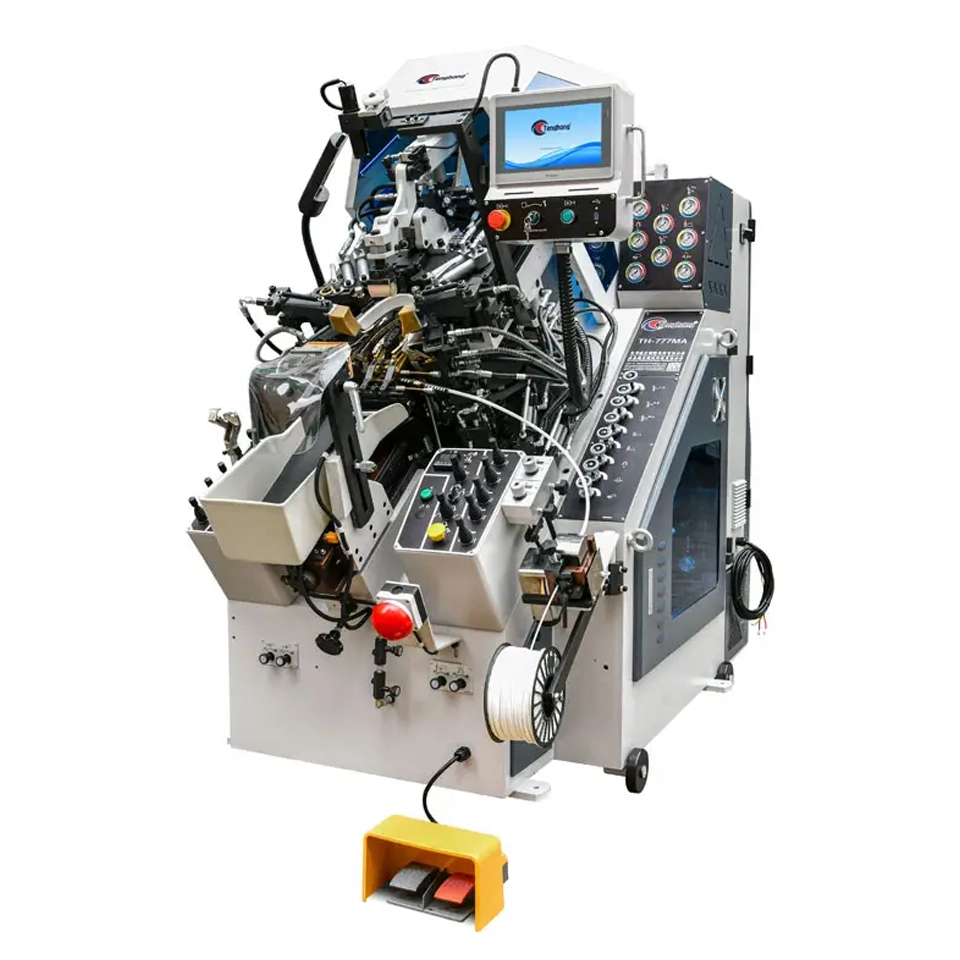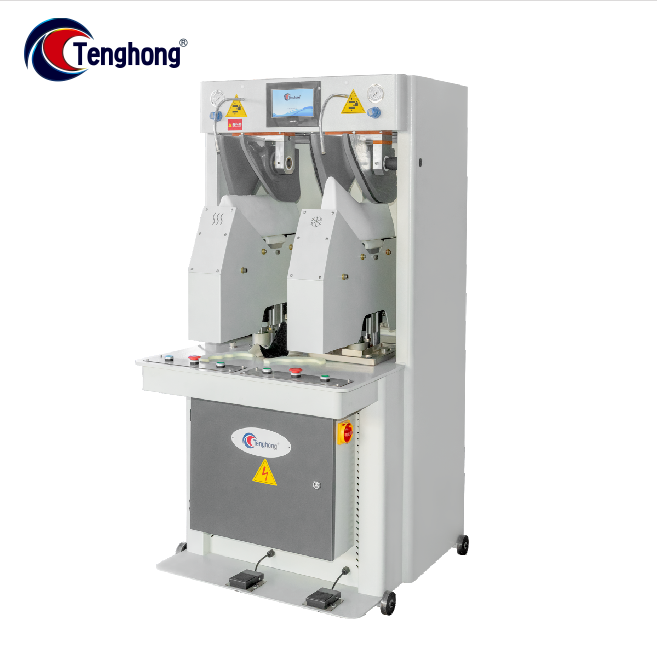Customizable Shoe Molds: Adapting Molding Machines for Unique Design Requirements
The Importance of Customizable Shoe Molds in Modern Manufacturing
Meeting Diverse Footwear Design Demands
Shoe molds that can be customized are really important for manufacturers who want to keep up with all the different footwear designs out there. With these molds, companies can handle both looks and functionality requirements that vary widely across markets. Consumer tastes have been changing quite a bit lately toward wanting shoes that stand out from the crowd. Some recent research shows around 60% or so of people actually look for custom options when shopping for footwear. Getting a range of molds into the manufacturing mix helps businesses stay competitive in the marketplace, which means happier customers and better brand loyalty overall. Being able to adapt quickly matters a lot if companies hope to grab attention in this rapidly changing industry environment.
Overcoming Limitations of Standard Molding Equipment
Traditional molding equipment struggles when it comes to handling unusual or complex designs, which leads to delays on the production line and drives up expenses. Switching to molds that can be tailored specifically for each project solves many of these problems. Companies save money because they don't have to constantly tweak standard molds just to fit special requirements. Industry data shows that factories using adaptable manufacturing setups with custom molds typically see around a 30% improvement in how efficiently they produce goods. Beyond just making things faster, this approach lets businesses handle all sorts of different design specs without breaking a sweat, giving them real flexibility while keeping costs under control in the long run.
Synergy Between Shoe Molding and Stitching Machines
When shoe molding works together with stitching machines, it really boosts how things get made in factories. Putting custom molds alongside modern stitching tech means factories save time on each product run while making better quality shoes too. Some companies actually saw their turnaround times cut down by almost half after getting these systems working well together. This kind of teamwork between different parts of the manufacturing line is what keeps businesses ahead of the game nowadays. The shoe industry moves so quickly that anyone falling behind gets left out, especially when customers want new styles arriving faster than ever before.
Technological Innovations in Shoe Molding Machinery
Computerized Control Systems for Precision Molding
Computer controlled systems are changing how shoes get made, making molds way more precise and cutting down on defects so every pair looks pretty much the same. The best part? These advanced setups can tweak things on the fly while the shoes are actually being formed, which keeps quality high and saves tons of materials that would otherwise go to waste. Some factories report around a 40% drop in mistakes when they switch to these automated methods for their shoe manufacturing. Beyond just saving money, this kind of precision matters a lot for companies trying to green up their operations since customers care increasingly about what happens behind the scenes these days.
Multi-Stage Pressure Adjustment Capabilities
The latest generation of shoe molding machines typically includes multi stage pressure adjustments, which lets manufacturers tweak the process depending on what kind of material they're working with. These machines open up possibilities for using all sorts of different materials, resulting in shoes that last longer and actually fit better on feet. According to people who know the industry inside out, this kind of flexibility makes a real difference. Shoes tend to hold up much better over time, and customers end up happier because their new kicks perform well while still feeling comfortable throughout the day.
Integration with Shoe Polishing Equipment Workflows
When shoe molding machines get hooked up with polishing equipment, it really makes things run smoother across the factory floor, connecting steps that used to be separate processes. The way these systems work together cuts down wasted time while keeping product quality consistent throughout, so workers don't have to fix as many issues manually. Some research shows factories with complete integration see about a quarter improvement in what they produce each day, which is pretty impressive when looking at the bigger picture. Shorter wait times between stages mean companies can crank out more goods without compromising standards, helping them stay ahead of customer needs in competitive markets.
TENGHONG Machinery's Custom Molding Solutions
TH-777 9-Pincer Computer Memory Control Automatic Toe Lasting Machine
The TH-777 comes with some pretty smart memory control tech that lets manufacturers adjust machine settings for all sorts of different shoe designs. What this means in practice is that even the most intricate details of various shoe styles stay intact during production. When we automate those complicated lasting processes, factories see a real boost in their overall efficiency plus lower costs on labor too. Factory owners tell us they've noticed production speeds jump around 20 percent give or take, and still manage to keep the same high standards for quality workmanship. Looking at this automatic toe lasting machine tells anyone who cares about footwear manufacturing just how serious TENGHONG Machinery is about creating machines that fit specific needs and push boundaries in shoe making technology.

TH-777MA Servo Cementing Toe Lasting Machine with Dual-Stage Features
What makes the TH-777MA machine special is its dual stage setup allowing multiple operations at once, cutting down on production time significantly. The way it applies adhesives so precisely really improves the final product quality across the board. Companies that switch to this dual stage tech typically see their money back pretty quickly, sometimes within just a few months actually, because they're getting so much more done with fewer resources. TENGHONG Machinery incorporated these features into their machines specifically for customers who need reliable molding without breaking the bank. Their clients report better results and lower costs in practice, not just theory.

TH-7900 3D Vamp Hot/Cold Molding System
The TH-7900 represents a major breakthrough in footwear manufacturing thanks to its dual hot and cold molding functions which work with everything from traditional leather to modern synthetics, opening up new possibilities for shoe design. The technology behind it really makes a difference when it comes to how well shoes fit and feel comfortable on feet, something consumers are asking for more than ever these days. Some research shows that when using 3D molding tech like what's built into the TH-7900, the fit accuracy goes up around 30 percent, which means happier customers who keep coming back. TENGHONG Machinery has always pushed boundaries in their field, and this machine is another example of why they're considered leaders in precision manufacturing for the footwear industry.

Benefits of Adaptive Shoe Molding Technology
Rapid Prototyping for Unique Shoe Designs
The adaptive molding tech for shoes really boosts what's possible with rapid prototyping, letting companies make all sorts of unique designs much faster than before. For designers working in this space, having this kind of flexibility means they can throw around ideas and see what works without waiting forever for prototypes. Some numbers floating around show that brands using these rapid methods often get products out the door about half as fast as those sticking with old school techniques. That kind of time savings makes a huge difference when trying to stay ahead in such a competitive market.
Energy-Efficient Production Processes
Shoe makers are increasingly turning to adaptive molding tech that cuts down on energy waste throughout production, making their operations much greener overall. When companies fine tune how they use electricity during manufacturing runs, they end up slashing carbon emissions significantly. Some studies show that these new methods actually cut energy needs by around 35 percent in certain cases. That kind of reduction makes a real difference for the environment while also helping businesses save money on their utility bills. As the footwear sector continues to adopt these smarter approaches, we're seeing a shift toward more responsible manufacturing across the board.
Compatibility with Various Material Types
Adaptive shoe molding tech works great with all sorts of materials these days, from traditional stuff to newer alternatives like plant based plastics. The fact that it can handle so many different substances opens up lots of creative possibilities for designers while tapping into what consumers want right now green products. Looking at industry reports, we see something interesting happening too. Demand for these kinds of sustainable materials could jump around 15 percent in just five years time. That tells us people are starting to care more about where their shoes come from and how they impact the planet when making buying choices.
Future Trends in Custom Shoe Mold Development
AI-Driven Mold Pattern Generation
AI is changing how molds are made for shoes, letting designers try out different designs much faster than before. The tech basically uses smart computer programs to look at what people want and what's popular in the market right now, so companies can make products that actually sell better. Some experts think adding AI to the process might save around 40% of the time spent on designing new shoes within ten years or so. That kind of speed makes all the difference when trying to get prototypes ready quickly and keep production moving smoothly through the mold making stage.
Sustainable Material Handling Innovations
Shoe mold development seems to be heading in a greener direction these days, mainly because people want it that way and regulations keep getting tighter. New methods for working with materials are coming along that should make production both faster and better for the environment. According to some industry stats, around a quarter of all shoes might be made from sustainable stuff by 2025. That's pretty big when you think about how much this shows manufacturers are changing their approach to being more responsible with resources.
Modular Systems for Small-Batch Production
Shoe makers are increasingly turning to modular systems for their molding equipment when it comes to producing smaller batches. These setups handle niche markets and custom orders much better than traditional methods. The real advantage is how quickly manufacturers can switch between different molds on the same line, which means they can meet specific customer requests without losing too much time during transitions. According to recent industry reports, we might see around 20% of all footwear manufacturing shift toward this small batch approach by 2030. That kind of growth highlights just how adaptable these modular solutions have become for companies looking to stay competitive while meeting diverse market needs.

